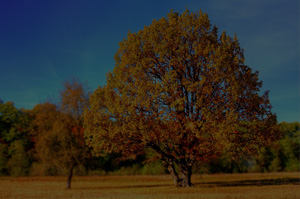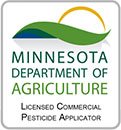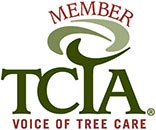Trees are such a beautiful part of our world. Not only are they gorgeous and soothing to look at, but they also provide us with oxygen and shade, a shelter for animals, and are incredibly important to sustaining our ecosystem.
But, how does a tree grow? Well, it all starts with a seed ...
Germination
Trees start as small seeds. These seeds can be carried by wind, animals, or water to until they find a suitable spot to take root. Once the seed finds the perfect place to start the growing process, it relies heavily on the nutrients it has brought with it from the parent tree. The right mix of water, light, warmth, soil, and nutrients triggers the seed to sprout by sending its first stem up and its first root down—becoming a seedling which is basically a baby tree.
Cell Growth
As humans, our bodies—bones, skin, muscles, etc.—increase in size as we grow. Unlike people who grow evenly, trees do it differently. Tree branches and trunks grow as new cells are produced under the bark. Tree growth does not take place at the base of the tree, but rather in the branch tips. Growth also occurs in the trunk but not upward. Instead, the tree increases in diameter. This happens because trees grow by producing those new cells in limited spots throughout the tree, called meristems, and this is where all the growth takes place.
Meristems at the tree's roots and the tips of the branches are called apical meristems. Vascular cambium is meristems that cause the trunk, branches, or roots to grow in diameter.
The Roots
Meanwhile, under the soil, the seedling’s roots anchor themselves to the soil and soak up water and minerals to provide fuel to continue the growth. As the seedling gains strength, the stem pushes through the soil, leaves emerge, and the process of photosynthesis begins. This is all made possible by the meristem growth process, where specific areas in the tree promote continuous growth.
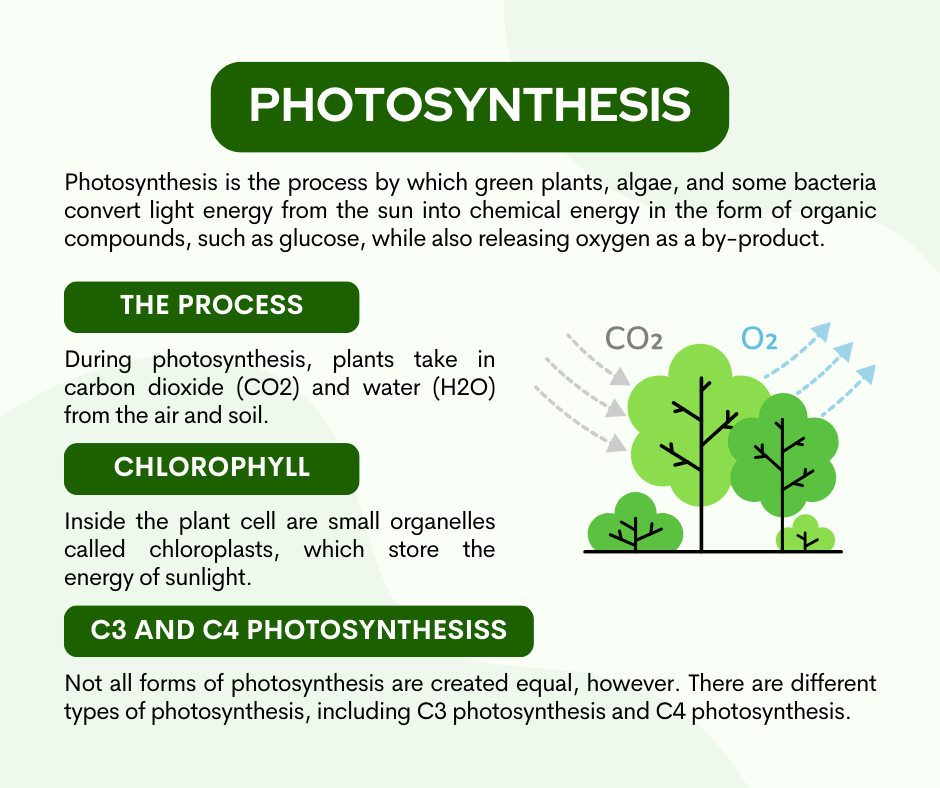
Hitting New Milestones
Trees are seedlings as soon as the start of the growing process until the tree reaches about 3 feet in height (this varies between species), and then it becomes a sapling. A tree will remain a sapling until its trunk reaches 2 ¾ inches in diameter, and then the tree is reclassified as a young tree. A tree is considered mature when it’s reached just under 12 inches in diameter. Each stage in this natural process contributes to the tree's vital role in the environment. This means that the tree, as it grows and develops, actively contributes to the production of oxygen, provides shelter for wildlife, and helps maintain the delicate balance of nature in its surroundings.
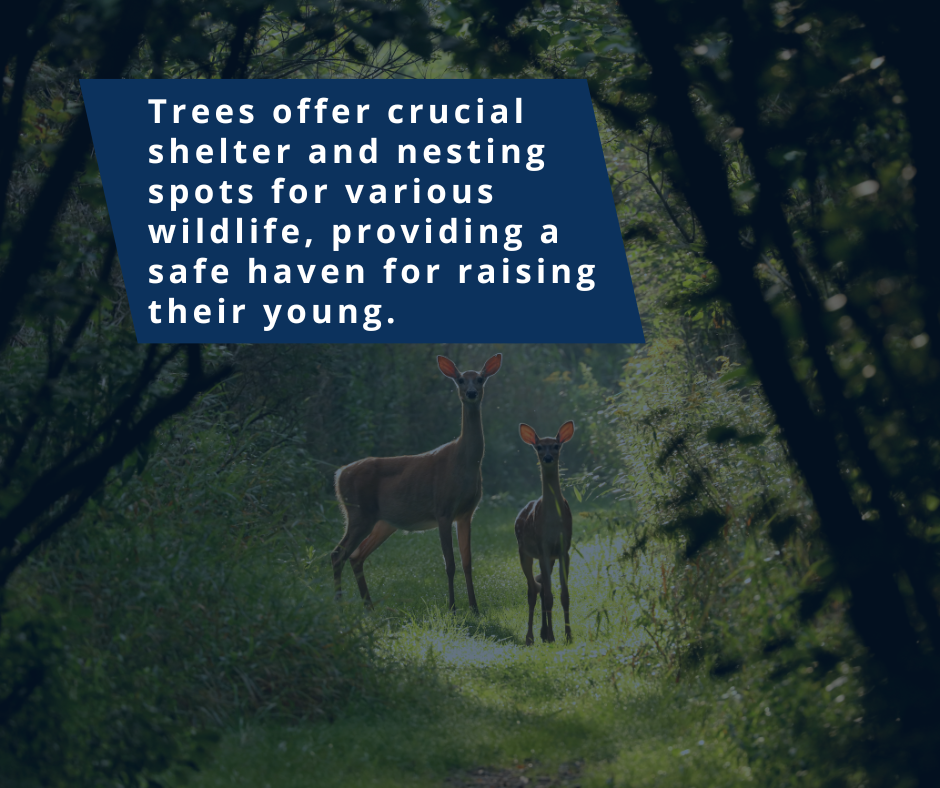
Want to know more details about tree growth? Check out these great sources:
